Here's every MCU Easter egg in WandaVision episode 3. Marvel's WandaVision has introduced viewers to the town of Westview, whose residents appear to be living in a sitcom world. There are so many unanswered questions; is Scarlet Witch the one responsible for this reality, or is she trapped in it as well? How self-aware are the other citizens of Westview? And what exactly is SWORD's role?
The A-plot of WandaVision episode 3 is a disturbingly accelerated pregnancy arc that confirms just how twisted Westview's reality really is. But the B-plots are much more chilling, with the entire town subjected to chaos as Wanda's powers flare out of control during contractions. Finally, the end scenes give viewers a glimpse of what seems to be the real world, and set up the full introduction of an organization called SWORD who look set to be key to the future of the MCU's Phase 4 and beyond.
WandaVision episodes 1 and 2 played with the concept, but episode 3 is rather more plot-driven. That means Easter eggs are a little more overt than in previous episodes, signposting past trauma or setting up the rest of the show. So let's take a look at them.
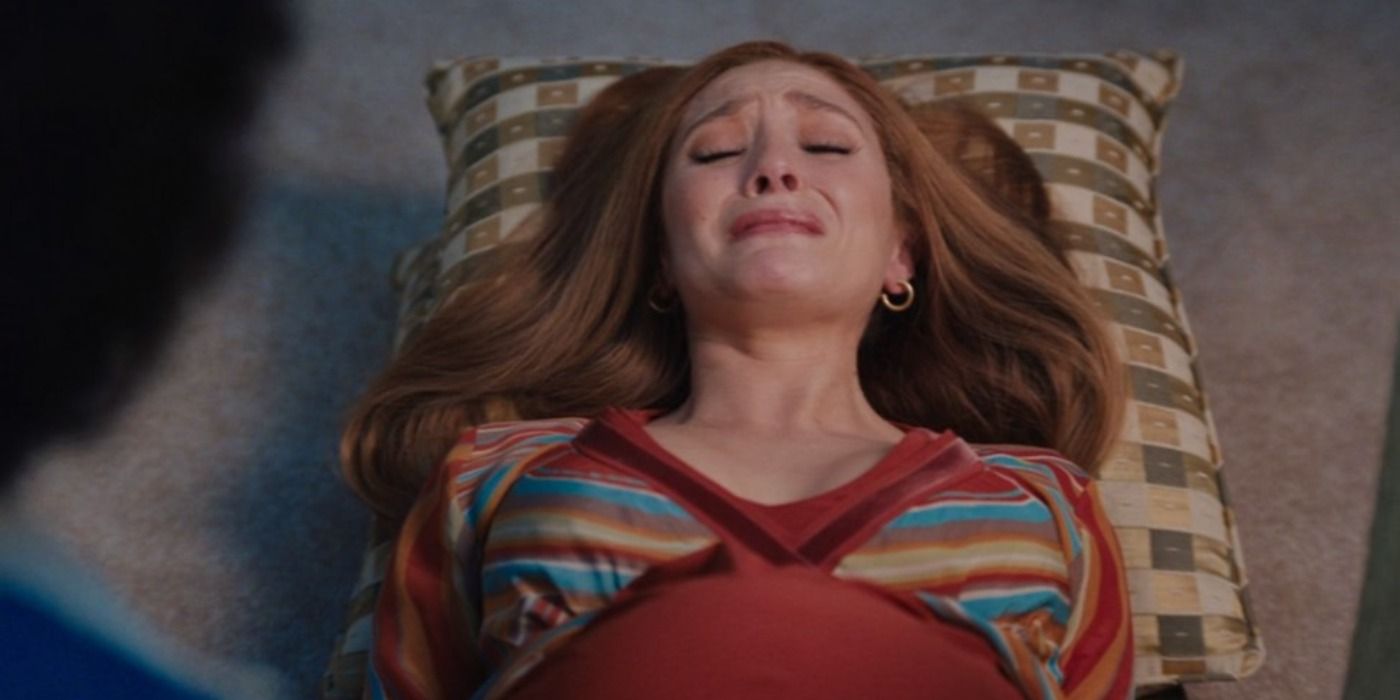
Scarlet Witch's speed pregnancy and the twins' birth are lifted straight from the comics. There, the twins' conception was just as unnatural; Vision is an android, after all, so he technically can't reproduce. Instead, Scarlet Witch's reality-warping powers created the children out of her own mind, and in fact she unwittingly used fragments of the demonic being called Mephisto in order to create their souls. The twins vanished when Wanda ceased to believe in them, one of many traumatic experiences that led to Scarlet Witch suffering a breakdown. And yes - because these are comics, the pregnancy really did occur at super-speed, with Wanda giving birth after just a matter of hours.

Twins runs in Wanda's family, so it makes sense she'd have not one child but two; in WandaVision episode 3, this also serves as an amusing way of ending an argument between the proud parents over which name to use. Comic book readers will be aware that - while those twins tragically died - their souls were reincarnated and consequently Wanda was reconciled with her children years later. Wiccan and Speed are prominent members of the Young Avengers, and a number of their teammates are set to be introduced on Disney+ as well, most notably Kate Bishop in Hawkeye. There have been rumors WandaVision will introduce Hulkling, the shapeshifting alien who will become Wiccan's boyfriend and eventual husband.
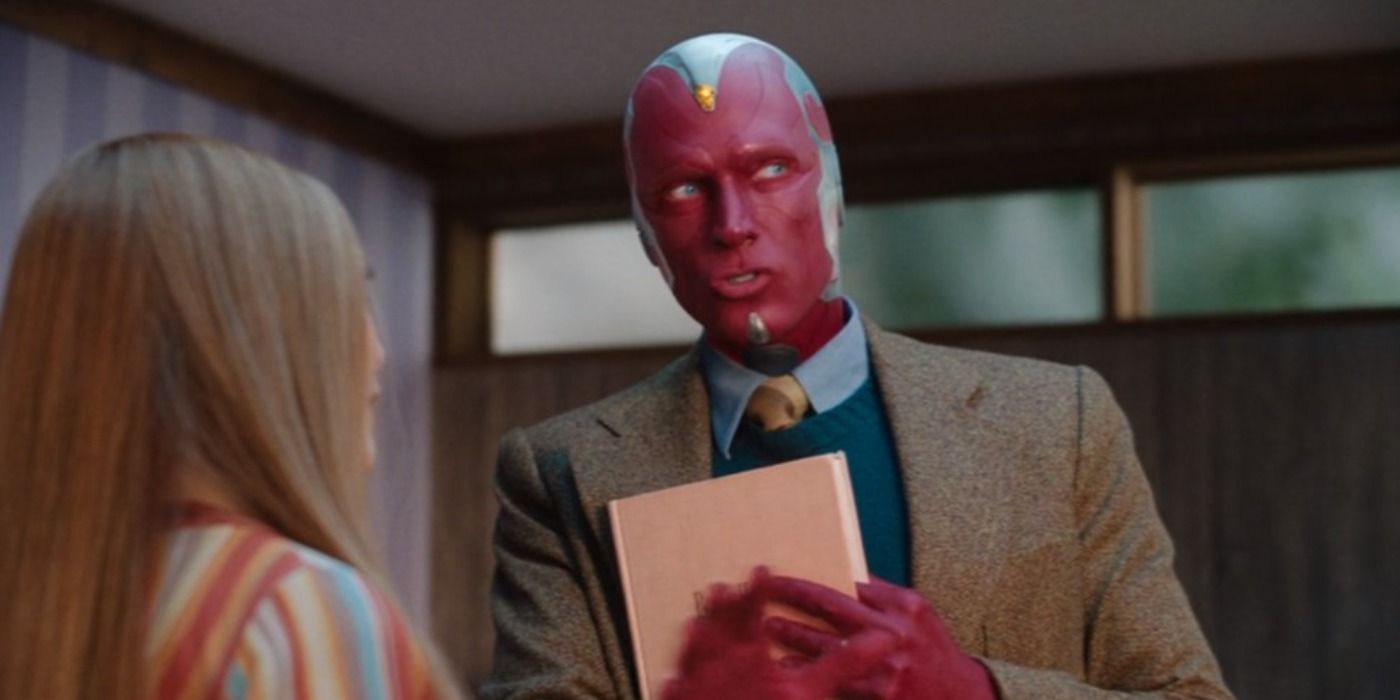
Vision increasingly senses something is wrong with reality at Westview, although Wanda appears to be doing her best to limit his awareness. Still, it manifests in a telling quote from William Shakespeare; "All the world’s a stage. All the men and women merely players." It's interesting that Vision chooses this line, suggesting he senses the people in Westview are simply performing the roles. The full quote, however, may signpost his eventual fate; it continues, "They have their exits and their entrances."

One of the more amusing Easter eggs in WandaVision episode 3 is seen on the paint-cans used while decorating the nursery, which are branded "Simser." This time it's not a reference to the comics, or even to the shared cinematic universe, but rather most likely to the show's storyboard artist Jeremy Simser. According to his personal site, Simser will also be working on Doctor Strange in the Multiverse of Madness, so he's clearly sticking with Marvel.

Every episode of WandaVision so far includes an advert, and they appear to be linked to Wanda's experiences of trauma. Episode 1 signposted a Stark Industries bomb that almost killed her as a child, while episode 2 referenced Baron Von Strucker's experiments upon Wanda and her fellow Sokovians. WandaVision episode 3 continues this theme, with an ad for "Hydra Soak" that can "find the goddess within." Agents of SHIELD viewers will chuckle, as Coulson himself referred to Hydra's "mind control soap" in season 4. Still, in this case the ad presumably refers to the Mind Stone itself transforming Wanda into the Scarlet Witch. But note it supports a retcon that could transform Wanda into a mutant or a sorceress in the MCU, one that was first seeded in the Marvel Studios Visual Dictionary. "She may be called Scarlet Witch," the book noted, "but Wanda's powers aren't derived from the occult. Whether it altered her or merely unlocked something latent inside Wanda, the Infinity Stone on Loki's scepter bestowed incredible powers of the mind." It is possible the Mind Stone did not grant Wanda powers, but rather unlocked something latent within her - finding the goddess within.
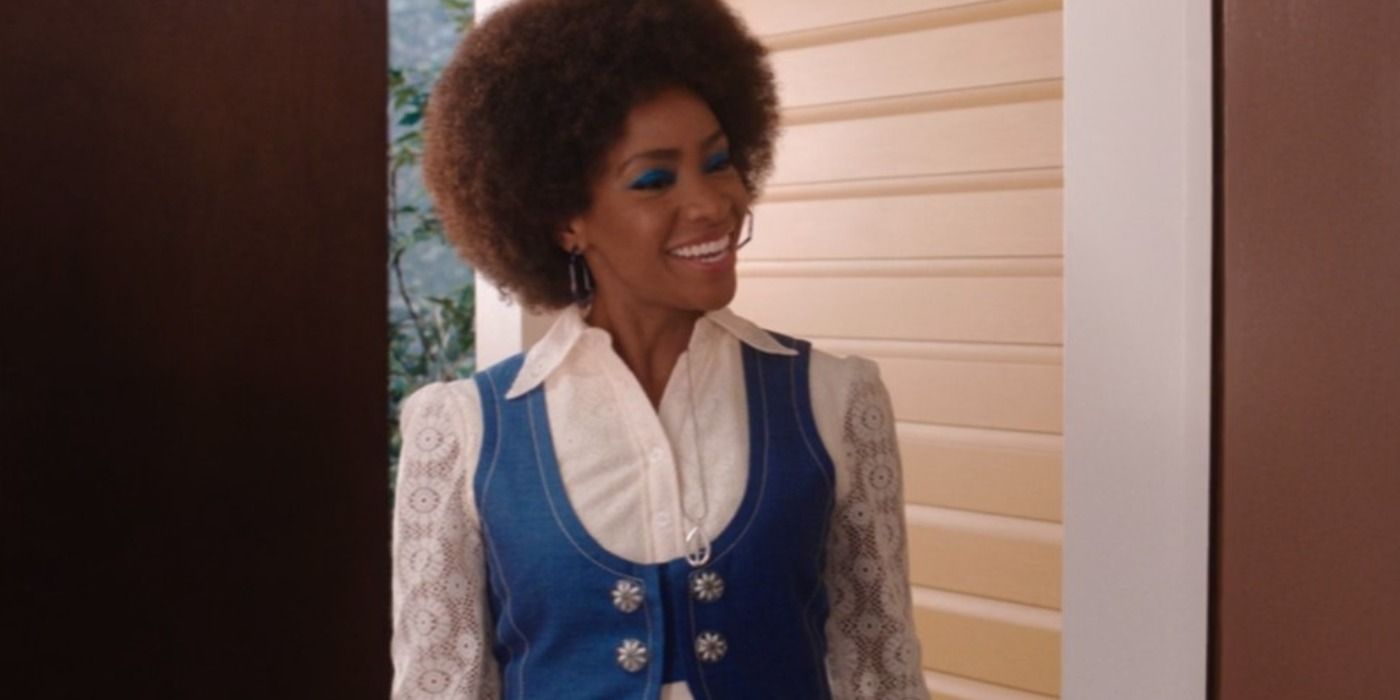
WandaVision episode 3 sees Wanda question Geraldine's presence in Westview, while Vision is simultaneously told she has just arrived in town and is here to help. That doesn't come as much of a surprise for viewers; when Teyonah Parris was cast, it was not as Geraldine, but as the adult Monica Rambeau. A younger version of Monica appeared in Captain Marvel, which was set in 1995, meaning she's now grown up and presumably a member of SWORD. Monica's true backstory is alluded to in her Gravity O's cereal, with "little marshmallow moonmen." She's one of the few people on Earth to have direct experience of aliens, and may well have trained in zero-G environments.
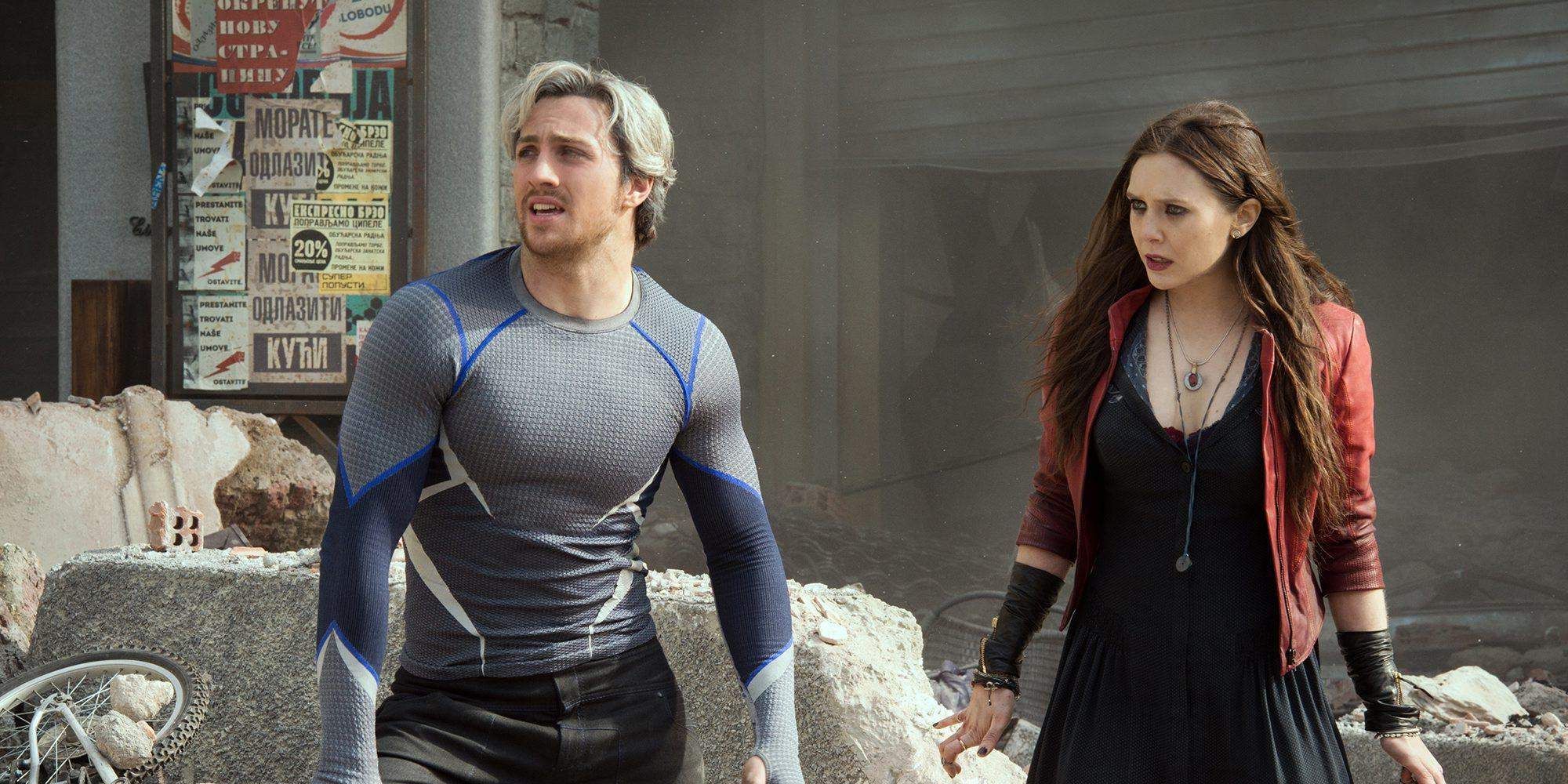
Shortly after the birth of her sons, Wanda remembers that she was a twin too. Note the tense, which suggests she subconsciously knows Pietro is dead; her comment triggers Monica to begin remembering the real world, and she recalls Wanda's brother Pietro was killed by Ultron. It's possible this is not common knowledge in the MCU, rather kept private by the Avengers, so Monica's awareness may point to her having received classified intel briefings prior to coming to Westview. Either way, Monica's comment makes Wanda aware she should not be here, and a confrontation follows. Wanda clearly objects to having to deal with reality - this is actually the first time her brother's death has been explicitly mentioned since Avengers: Age of Ultron, suggesting she's always tended to repress trauma.

Scarlet Witch's attention is drawn to the necklace Monica is wearing, and to the SWORD symbol upon it. She's seen it before, notably on the sinister beekeeper in WandaVision episode 2, but there's no evidence she really knows what it means. This is the insignia of SWORD, an organization adapted from the comics; in the MCU they are the "Sentient Weapon Observation Response Division," and they appear to be the next evolution of the Sokovia Accords from Captain America: Civil War, dedicated to monitoring Earth's superhumans and responding to crises. It makes sense that they'd be called to Westview.
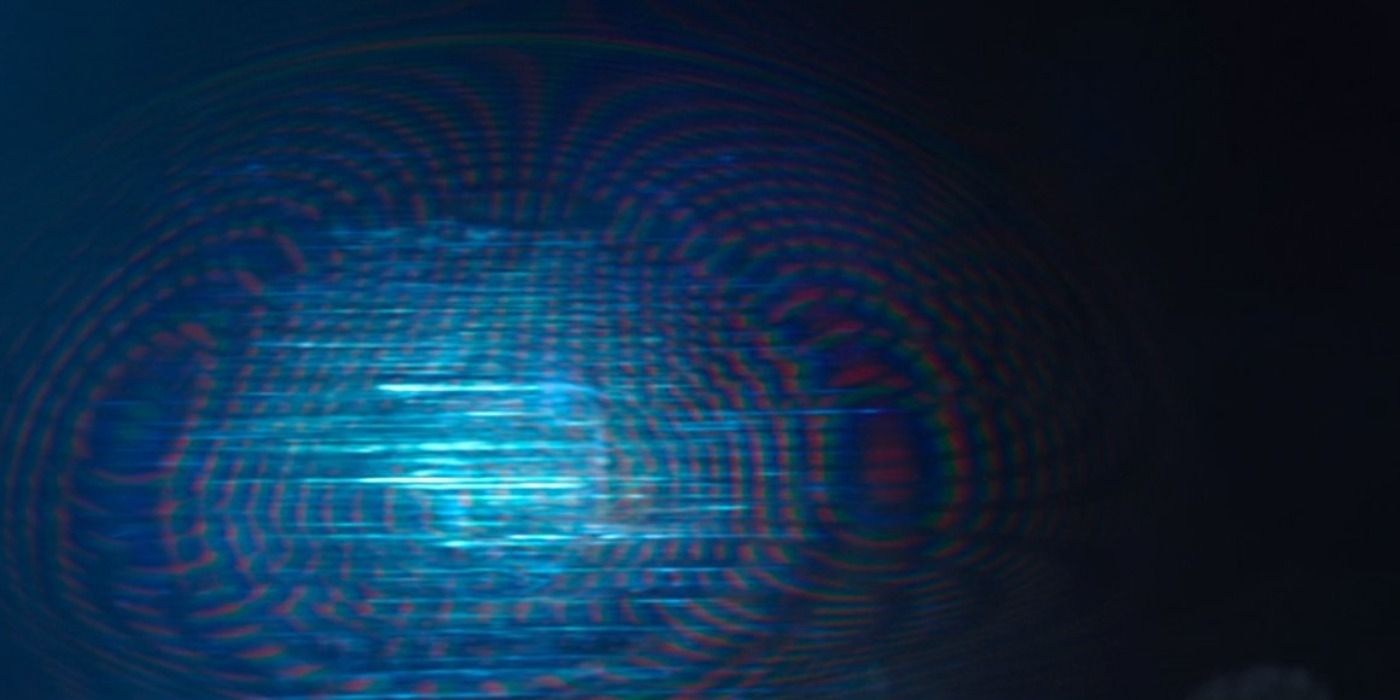
WandaVision episode 3 reveals Westview is currently covered beneath a sort of reality bubble, although interestingly the lack of Wanda's signature red suggests she may not have been the one to create it. Such reality bubbles have rarely been associated with Scarlet Witch's powers in the comics; in fact, the design is reminiscent of the reality bubbles created by interdimensional incursions in Jonathan Hickman's Avengers run. There, different worlds were colliding, and reality was in flux at the point of contact between the dimensions. It is possible Wanda is caught at an incursion, and that her own powers are interacting with it.
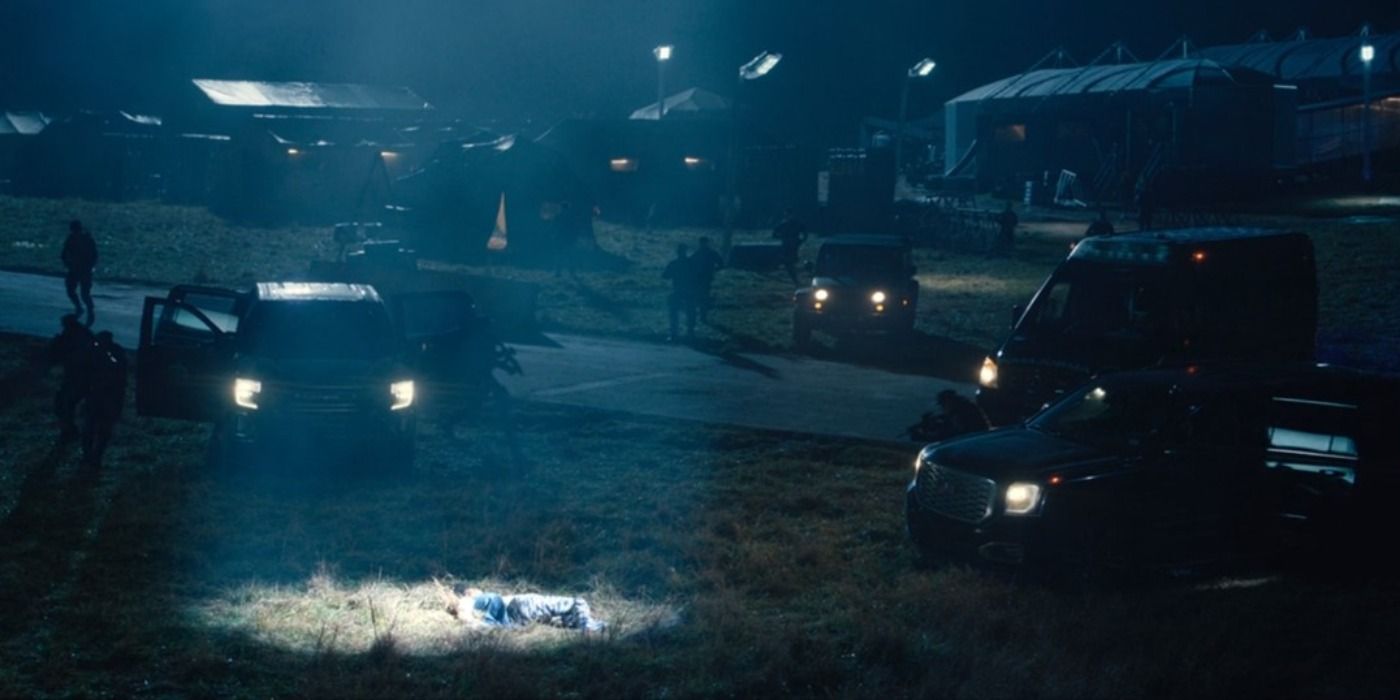
The final scenes of WandaVision episode 3 confirm SWORD has established a perimeter around Westview, presumably in order to monitor the situation there. The perimeter is reminiscent of the one established by SHIELD around Mjolnir in Thor, supporting the idea SWORD consider themselves SHIELD's spiritual successor - and hinting they may play a key role in Phase 4 and beyond.
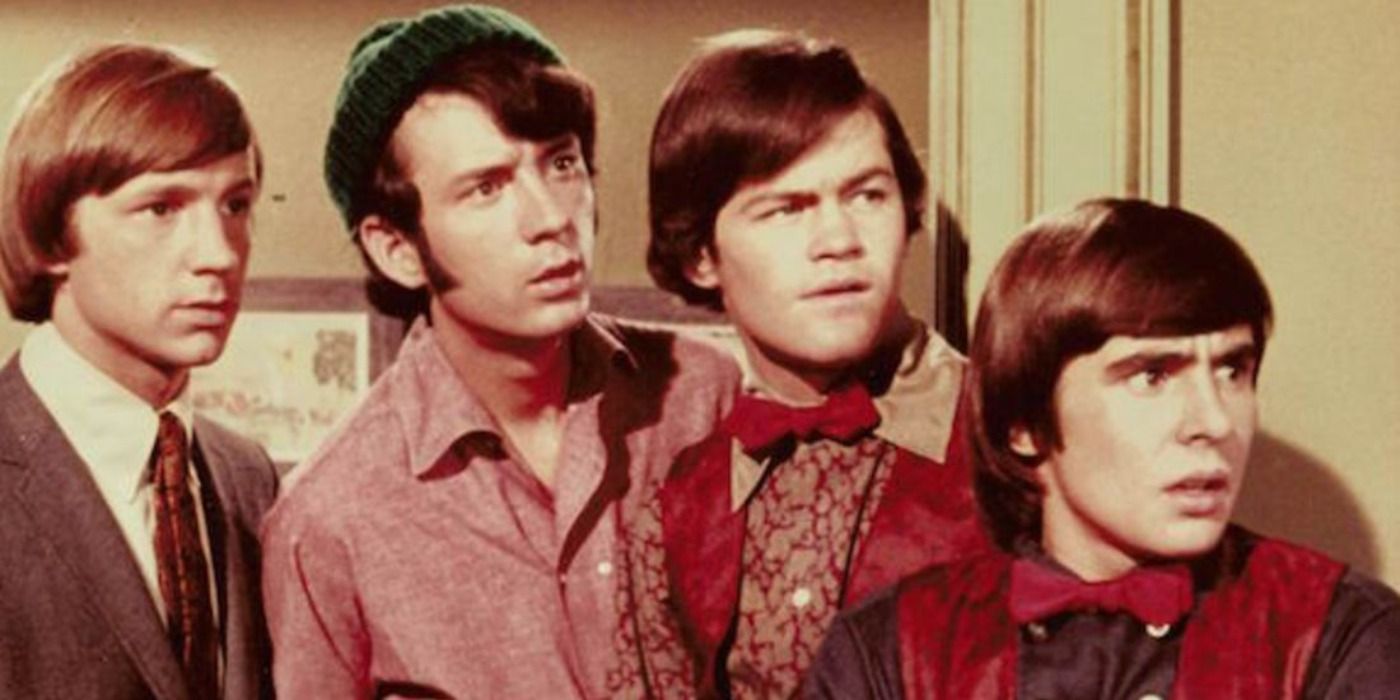
You might recognize the music that plays in WandaVision episode 3. Called "Daydream Believer," this was composed by American songwriter John Stewart and was first recorded by The Monkees. It topped the US charts in December 1967, remaining there for four weeks. The use of this song serves as a disturbing pointer to the plot of WandaVision; that Scarlet Witch is actually trapped in a daydream, a "Happily Ever After" world that she is desperately struggling to believe in. That bodes ill for the future of Westview.
from ScreenRant - Feed https://ift.tt/3iAWBFU
 Reviewed by VIRAL
on
05:57
Rating:
Reviewed by VIRAL
on
05:57
Rating:





No comments: